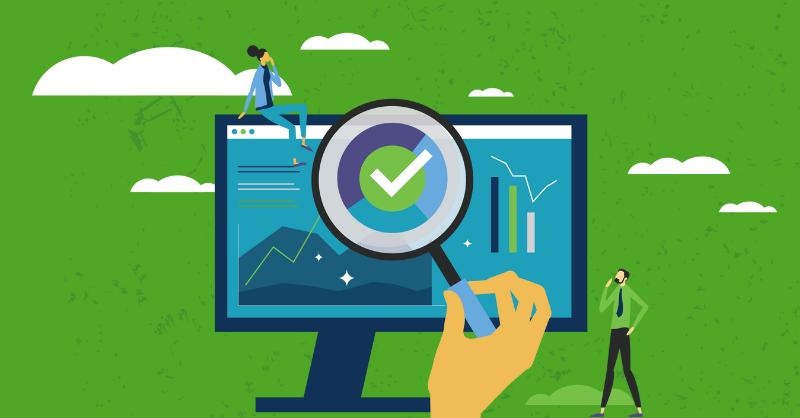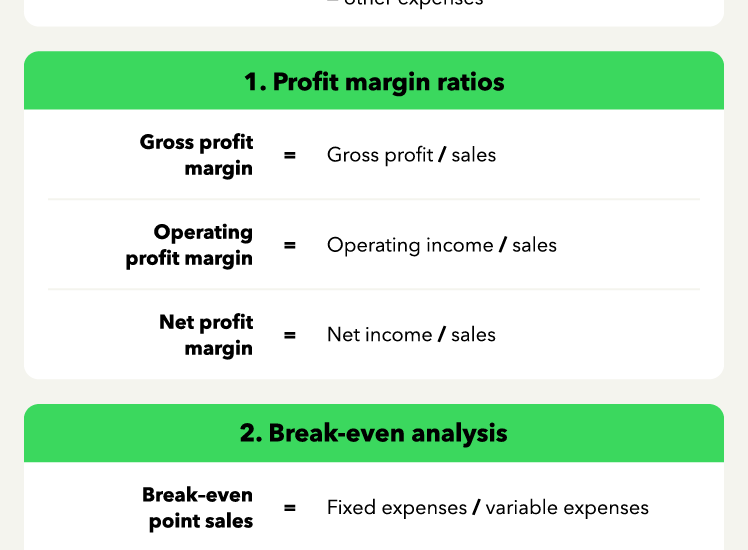Maximize Your Profit Opportunities Now
In today’s competitive business landscape, maximizing profit opportunities is crucial for achieving long-term success. Companies are constantly looking for ways to increase their profitability, reduce costs, and enhance their market presence. Did you know that businesses that effectively utilize price segmentation can increase their profit margins by up to 30%?
In this article, we’ll explore tried-and-true strategies and innovative tactics to help you maximize your profit opportunities. This comprehensive guide covers essential techniques including pricing strategies, customer segmentation, and leveraging technology to analyze data. Additionally, you will learn how to implement these strategies effectively, ensuring that your business stays ahead of the competition.
Here’s a brief overview of what you’ll discover:
- Understanding Price Segmentation
- Effective Pricing Strategies
- How to Analyze Customer Data
- The Role of Technology in Profit Maximization
- Case Studies of Successful Implementation
- Conclusion and Next Steps

Understanding Price Segmentation
Price segmentation involves categorizing customers into groups based on their willingness to pay. This allows a business to set different prices for the same product or service, enhancing overall revenue. By identifying different customer segments, organizations can tailor their pricing strategies to better meet the needs of each group.
Why is Price Segmentation Important?
Segmentation allows for more personalized pricing, which can lead to increased sales and customer satisfaction. By understanding your customers’ unique preferences and behaviors, you can create targeted offers that resonate with them. This strategic approach can significantly impact your profitability.
Benefits of Price Segmentation
- Increased Revenue: By charging different prices, you can maximize income from customers who are willing to pay more.
- Improved Customer Insights: Segmentation gives you a deeper understanding of your customer base.
- Competitive Advantage: Differentiated pricing can set you apart from competitors.
Examples of Price Segmentation
Popular examples of price segmentation include:
- Geographic Segmentation: Different prices in different locations.
- Demographic Segmentation: Pricing based on age, income, or education level.
- Behavioral Segmentation: Pricing based on consumer behaviors such as purchasing patterns.
Effective Pricing Strategies
Adopting the right pricing strategy can make a significant difference in your ability to maximize profits. Several approaches can be tailored to suit various business models. Here are some effective pricing strategies:
Value-Based Pricing
This strategy sets prices based on the perceived value of the product or service to the customer rather than the cost of production. Understand what features and benefits are most valuable to your target audience and price accordingly.
Key Steps for Value-Based Pricing
- Identify Unique Selling Points (USPs)
- Conduct Customer Interviews
- Analyze Competitor Pricing
Dynamic Pricing
Dynamic pricing allows businesses to adjust prices based on market demand, competition, and customer behavior. This strategy is commonly used in the airline and hospitality industries, where prices fluctuate based on availability and demand.
Benefits of Dynamic Pricing
- Maximizes Revenue: Adjusting prices in real-time can significantly increase revenues.
- Competitiveness: Staying competitive in a rapidly changing market.
How to Analyze Customer Data
Data analysis is at the heart of effective pricing strategies. Utilizing customer data can guide pricing decisions and inform your segmentation strategies.
Collecting Data
Begin by collecting data through customer surveys, purchase history, web analytics, and social media insights. Customer Relationship Management (CRM) systems can also greatly assist in gathering and interpreting data.
Analyzing Data for Insights
- Identify purchasing trends and patterns.
- Segment customers based on their behaviors.
- Evaluate the effectiveness of different pricing strategies.
The Role of Technology in Profit Maximization
Technology plays a pivotal role in maximizing profits. Utilizing the right tools can enhance your pricing strategies and enrich your data analysis processes.
Pricing Software
Implementing pricing software can automate the monitoring and adjusting of prices. This allows businesses to react quickly to market changes and optimize prices effectively.
Examples of Pricing Tools
- Vendavo
- Pricefx
- Zilliant
Data Analytics Platforms
Leveraging analytics platforms can provide deeper insights into customer behavior, helping tailor pricing strategies further. Consider tools like Google Analytics and Tableau for comprehensive data analysis.
Case Studies of Successful Implementation
Company A: Informed Pricing Decisions
Company A increased their profits by 25% by implementing value-based pricing after conducting a thorough analysis of customer preferences.
Company B: Dynamic Pricing Advantage
Company B used dynamic pricing to adjust their rates based on occupancy. As a result, they saw a 20% increase in revenue during peak periods.
Conclusion and Next Steps
Maximizing profit opportunities requires a combination of strategic pricing, data analysis, and a keen understanding of customer behavior. By implementing the techniques outlined in this article, you can position your business for success.
Are you ready to take your pricing strategies to the next level? For more insights, check out this article and here.
Start your journey towards improved profitability today and watch your business thrive!
